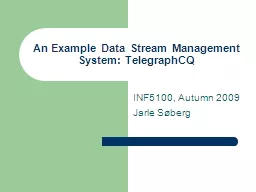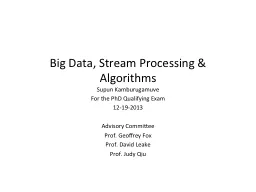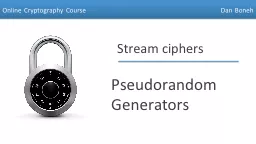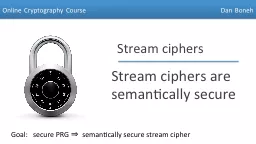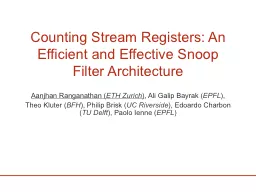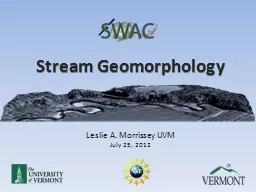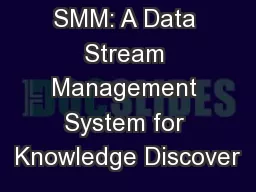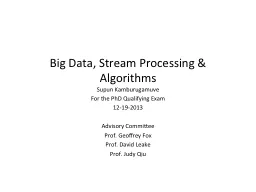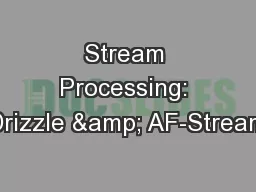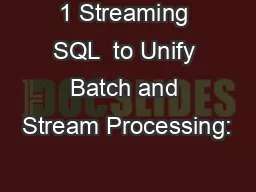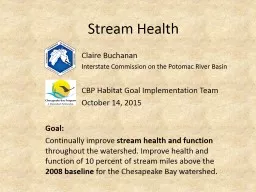PPT-An Example Data Stream Management System: TelegraphCQ
Author : phoebe-click | Published Date : 2016-04-01
INF5100 Autumn 2009 Jarle Søberg INF5100 Autumn 2009 Jarle Søberg TelegraphCQ Introduction and overview Description of concepts Wrappers Fjords Eddies SteMs
Presentation Embed Code
Download Presentation
Download Presentation The PPT/PDF document "An Example Data Stream Management System..." is the property of its rightful owner. Permission is granted to download and print the materials on this website for personal, non-commercial use only, and to display it on your personal computer provided you do not modify the materials and that you retain all copyright notices contained in the materials. By downloading content from our website, you accept the terms of this agreement.
An Example Data Stream Management System: TelegraphCQ: Transcript
Download Rules Of Document
"An Example Data Stream Management System: TelegraphCQ"The content belongs to its owner. You may download and print it for personal use, without modification, and keep all copyright notices. By downloading, you agree to these terms.
Related Documents

